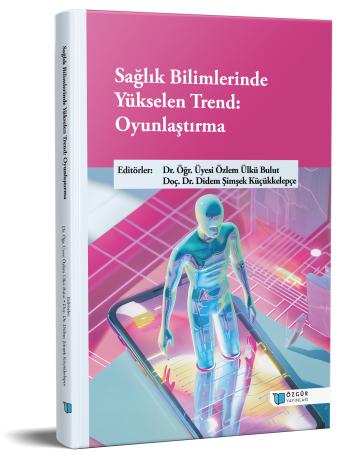
Gamification in Pain Management in Children
Chapter from the book:
Bulut,
Ö.
Ü.
&
Şimşek Küçükkelepçe,
D.
(eds.)
2025.
Rising Trend in Health Sciences: Gamification.
Synopsis
Pain is defined as an unpleasant sensory and emotional experience associated with tissue damage, encompassing physical and psychological elements in children. Pain management in children is distinct due to developmental differences. Pain is classified as acute (short-term, protective) or chronic (long-term, disease-like), negatively impacting quality of life. Pain management involves pharmacological (analgesics) and non-pharmacological (distraction, biofeedback) approaches. Gamification emerges as a key strategy in pediatric pain management. Virtual reality and mobile applications reduce procedural pain and anxiety, enhancing treatment adherence. They alleviate pain perception through distraction. In chronic pain management, gamification supports self-management skills and induces neurophysiological effects via dopamine and endorphin release. For hospitalized children, it provides emotional support and social interaction. This chapter examines pain’s definition, pathophysiology, theories, and its management through gamification in children, highlighting the method’s multifaceted benefits.

